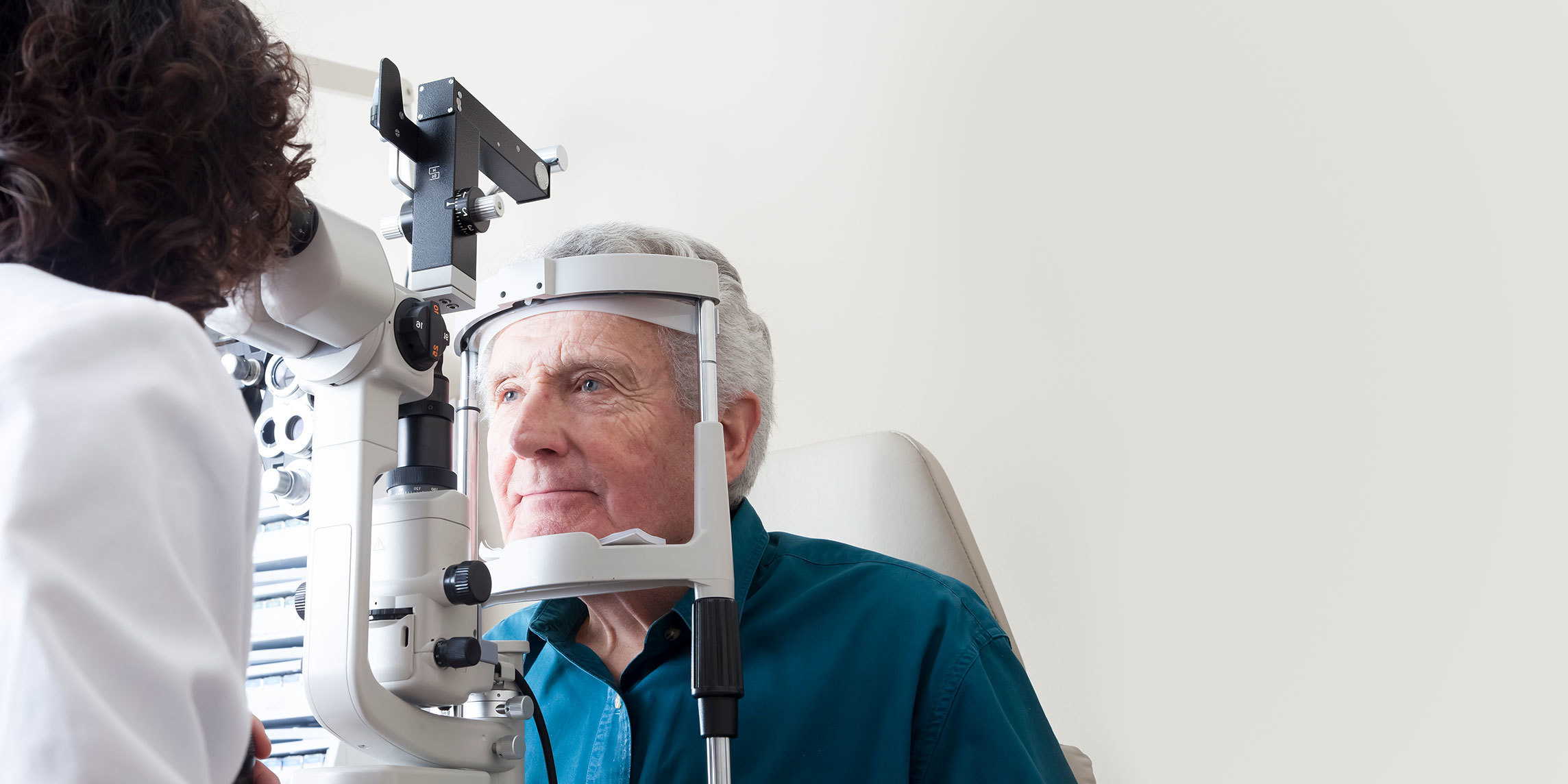About Migraine Visual Aura
Aura symptoms are often described as a warning sign that a migraine is about to appear and typically last between 20-40 minutes. Visual symptoms are the most common type of aura experiences. Migraine visual aura can present in various forms, and the visual distortions usually start small and progress across your vision over times. While it is not entirely understood why sensory disturbances happen in some patients, there is evidence that the migraine aura may be caused by an electrical or chemical wave that moves across the brain, affecting areas that process sensory signals, speech, and movement.
Symptoms of Migraine Visual Aura
Aura symptoms usually occur before other migraine symptoms like intense head pain, nausea, and sensitivity to light/sound.
Symptoms of migraine visual aura may include:
- Blind spots (scotomas), that are sometimes outlined by simple geometric designs
- Changes to vision or vision loss
- Flashes of light
- Shimmering spots or stars
- Zigzag lines that gradually float across your visual field
Risk Factors for Migraine Visual Aura
Risk factors for migraine with aura may include:
- Family history
- Sex: Visual aura associated with migraine tends to be more common in women
In addition to the demographic risks above, the following factors may trigger migraine with aura:
- Stress
- Certain foods
- Certain medications
- Too much or too little sleep
- Menstruation
Treating Migraine Visual Aura at UT Health Austin
A careful eye exam and additional tests, including imaging may be used to determine if your symptoms are related to any underlying brain condition. While there is no cure for migraine with aura, your ophthalmologist is well-versed in the most current, evidence-based treatment recommendations including lifestyle adjustments, medications, and more to control your symptoms and improve your overall quality of life.
Care Team Approach
At UT Health Austin, we take a multidisciplinary approach to your care. This means you will benefit from the expertise of multiple specialists across a variety of disciplines. Your care team will include fellowship-trained neuro-ophthalmologists, ophthalmic technicians, physician assistants, nurse practitioners, social workers, and more who work together to help you get back to the things in your life that matter most to you. We also collaborate with our colleagues at the Dell Medical School and The University of Texas at Austin to utilize the latest research, diagnostic, and treatment techniques, allowing us to identify new therapies to improve treatment outcomes. We are committed to communicating and coordinating your care with your other healthcare providers to ensure that we are providing you with comprehensive, whole-person care.
Learn More About Your Care Team

Mitchel and Shannon Wong Eye Institute
Health Transformation Building, 1st Floor
1601 Trinity Street, Bldg. A, Austin, Texas 78712
1-833-UT-CARES (1-833-882-2737)
Get Directions